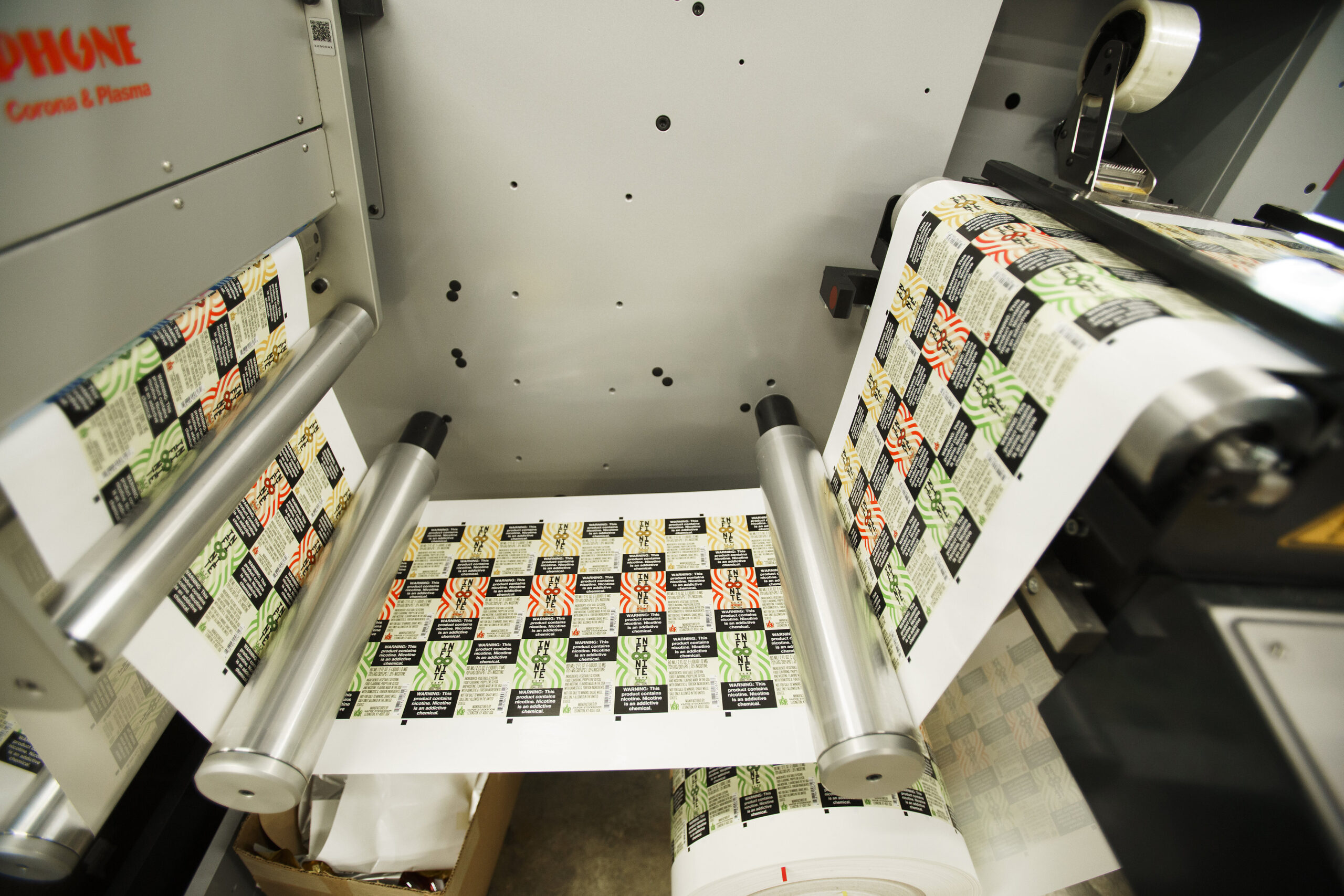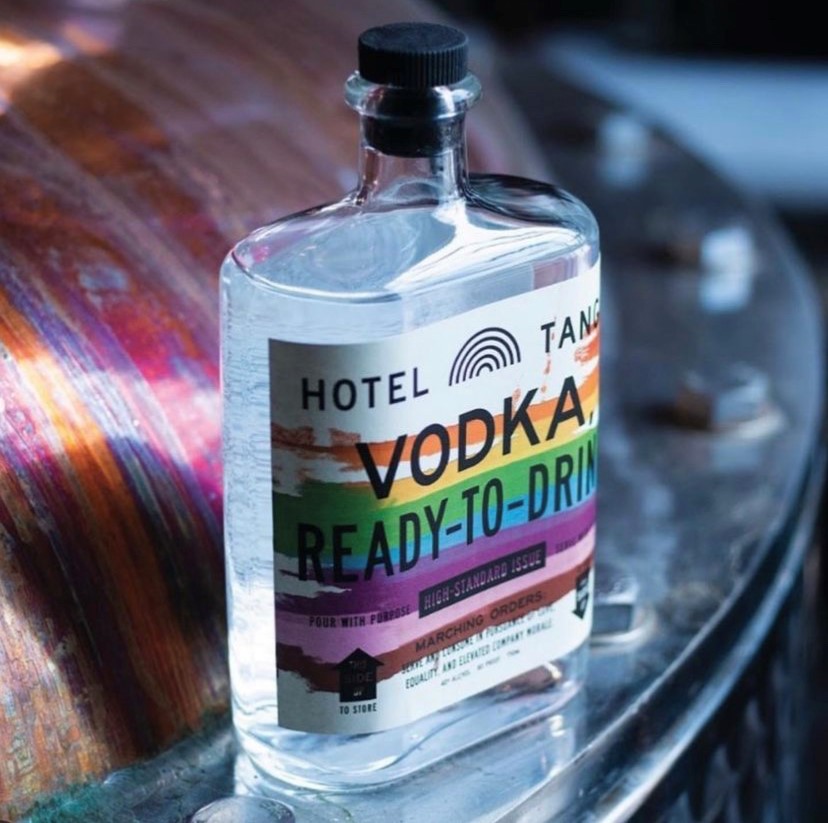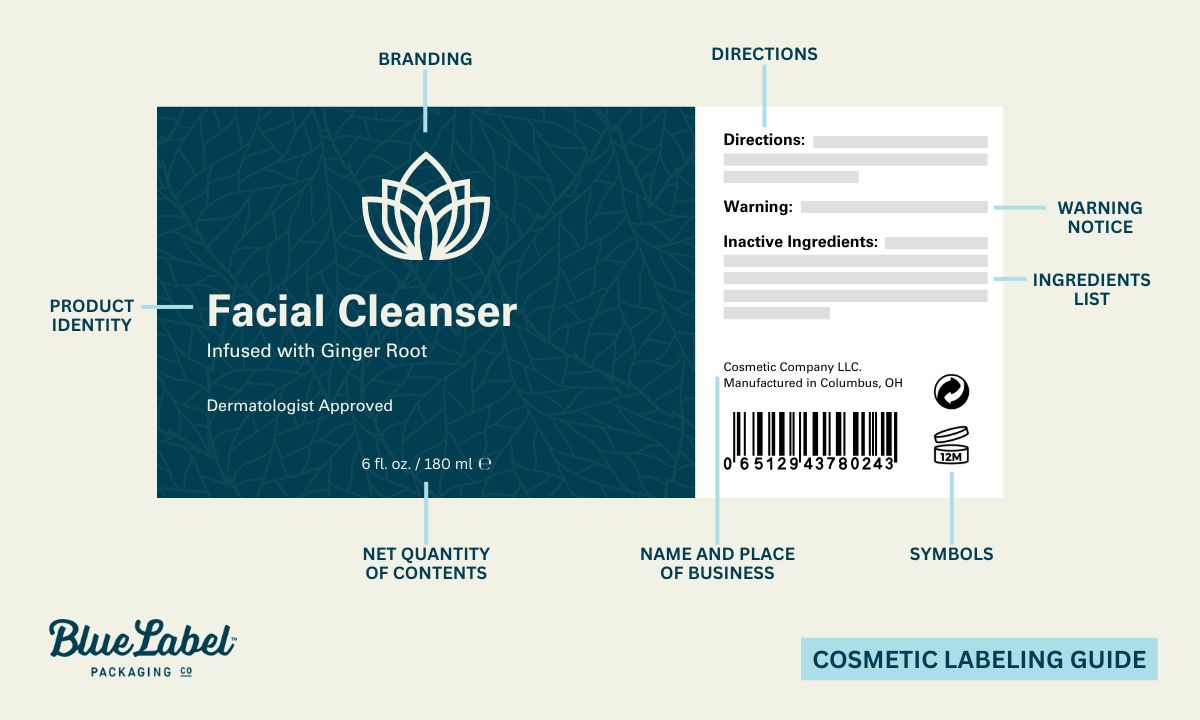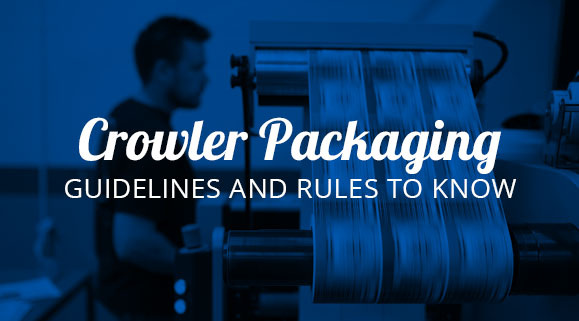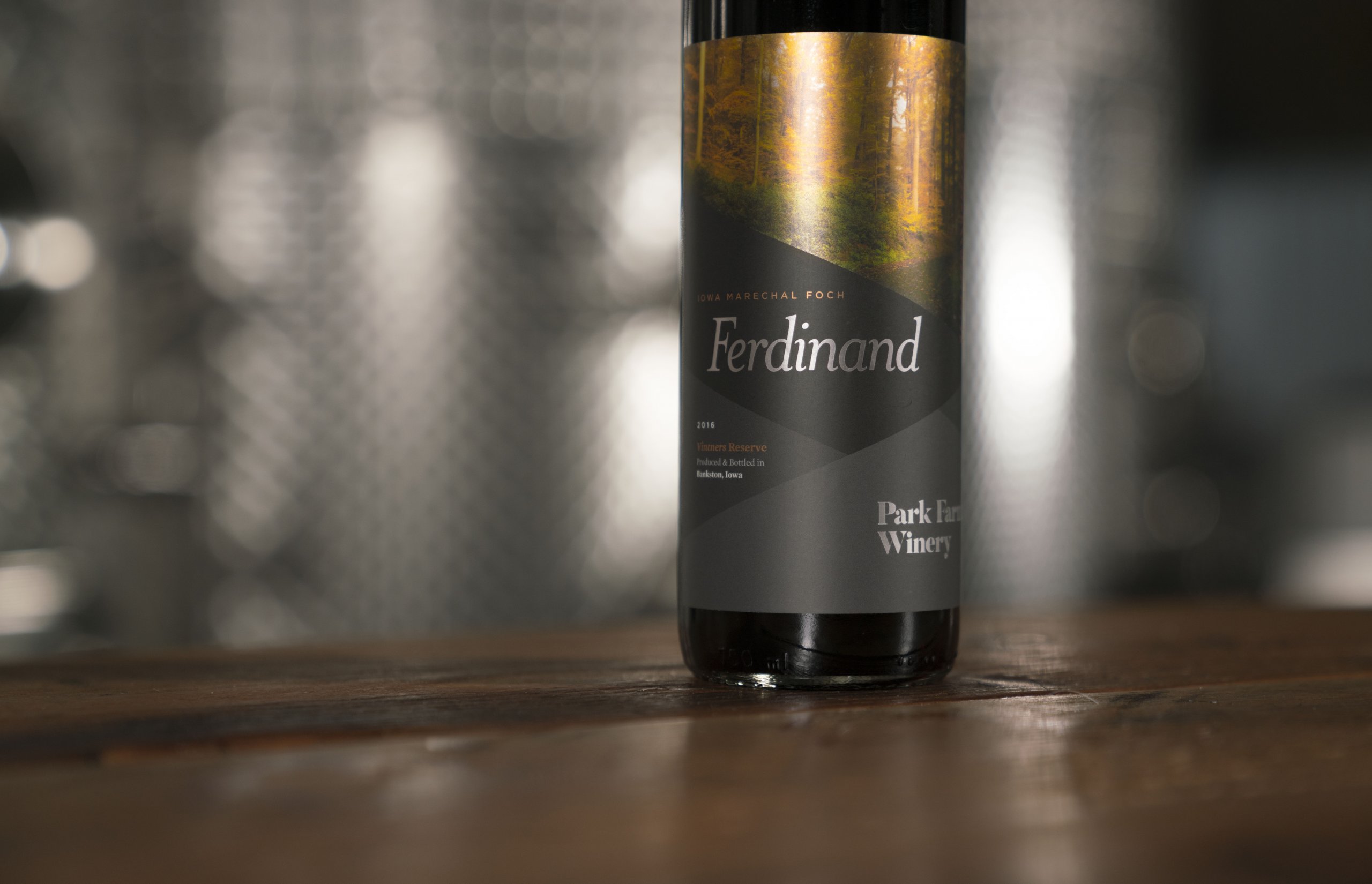TTB Beer Label Requirements: 8 Elements You Need on Craft Beer Labels
- compliance
- disclosures
- net contents
- TTB
- warnings
The process of putting together a craft beer label can be as complex as brewing the beverage itself. Your beer labels need to not only capture the quality and personality of your products, but also meet any mandatory Alcohol and Tobacco Tax and Trade Bureau (TTB) label requirements. These requirements play a pivotal role in TTB labeling approval before your product can be sold to consumers. Let’s break down what your beers need to maintain TTB label compliance.
The 8 TTB Requirements for Beer Labels
There are eight key elements that must be included on any beer label. Some of these elements are mandatory for every malt beverage, while others may apply to only certain situations. These label elements are:
- Brand name
- Class and type designation
- Name and address
- Net contents
- Alcohol content
- Disclosures for specific ingredients
- Health warning statement
- Country of origin
Looking for Custom Beer Labels?
We’ve partnered with over 1,500 breweries over the years, so our experience is as deep and rich as the beers we represent. With no minimum on order quantity, small seasonal batches and year-round signatures, you get the same quality and expertise with every sip.
Request a Quote Get a Sample Pack
Each of these elements has their own specific labeling guidelines. One typical labeling regulation is to meet specific placement and legibility rules. Each element should meet the following beer label requirements unless specifically noted below.
- Appear on the front of your container.
- Use a minimum type size of 2 mm for containers larger than ½ pint or 1 mm for containers of ½ pint or less.
- Appear on a contrasting background.
- Appear separate and apart from or be substantially more conspicuous than descriptive or explanatory information.
In addition to placement and legibility, there are several other standards you need to follow for each label element. Let’s break down each of these elements and what you need to know about their TTB label requirements.
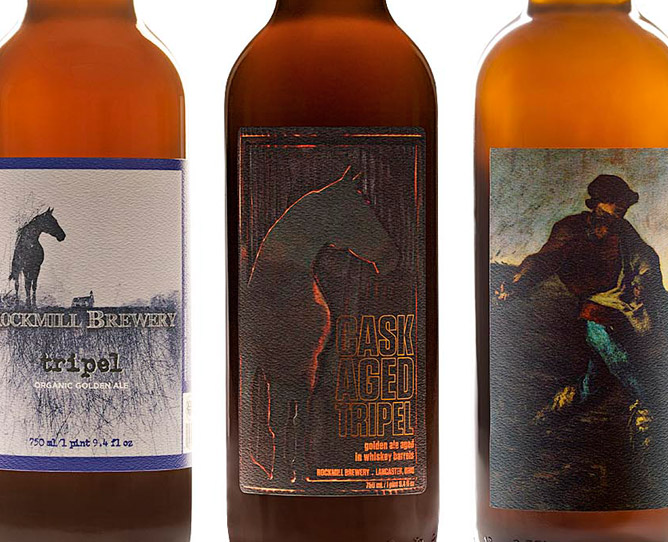
Brand name
The first piece of information that any beer label should have is a brand name. This piece of information is typically the most prominent piece of information on your label and should reflect the name that you use to market your beer. If your beer doesn’t happen to be sold under a brand name, the name of the bottler or packer, importer is used as a de facto brand name instead.
In addition, your brand name must not be misleading. By TTB standards, that means that your brand name should describe “the age, origin, identity, or other characteristics of the malt beverage.” There are a few exceptions to this rule:
- The brand name accurately describes the malt beverage and doesn’t create an erroneous impression about your malt beverage.
- Your label includes a statement that dispels any erroneous impression created by the brand name.
- Your brand name is qualified with the word “BRAND.”
Class and type designation
Every beer label needs to clearly display the specific identity of what’s contained in the can or bottle. Simply put, it needs to tell consumers what type of malt beverage you made.
These designations are based on characteristics generally attributed to the particular class or type of malt beverage. These designations can range from something as general as “malt beverage” to a very specific type of beer like “imperial stout.” For definitions and general descriptions of different classes and types of malt beverages, please refer to Chapter 4 of the TTB’s Beverage Alcohol Manual.
Name and address of producer/bottler or packer
The TTB mandates that every malt beverage label includes both the name and address of the entity that produces, bottles, packs, or imports your products. Domestic malt beverages may include an appropriate explanatory phrase before the name, while imported products must add some more detail). These can include the following:
- For domestic brewers (optional)
- “BREWED AND BOTTLED/PACKED BY”
- “BREWED BY”
- “BOTTLED/PACKED BY”
- • For importers (mandatory)
- “IMPORTED BY”
- “SOLE AGENT”
- “SOLE U.S. AGENT”
For the name, you may use your company name, corporate name, or trade name. The key here is that your name must be identical to what is displayed on either your brewer’s notice for domestic malt beverages or basic permit for imported malt beverages.
As for the address, domestic products should include either the city and state where your malt beverage is bottled or packed or a principal place of business. Imported products are limited to their principal place of business. If you choose to use a principal place of business as a domestic malt beverage, that location must meet the following requirements.
- The principal place of business address must be a location where production/bottling or packing operations occur.
- The actual location (address) where the malt beverage is produced/bottled or packed must be indicated by printing, coding, or other markings on the label or container.
- Prior to use, the brewer must file a notice explaining the coding system with the TTB’s National Revenue Center.
As with many other label elements, the name and address should be included on the front of your container. However, you also have the option to burn or brand these details somewhere visible on your containers for domestic malt beverages.
Net contents
While there are no standards of fill for malt beverages, the TTB does have requirements for the way you list net contents. Every container must list net contents in American measurements, but you may also include metric measurements as well. The TTB also has specific standards for how these measurements are presented.
- Containers with less than 1 pint – the net contents must be shown in fluid ounces or fractions of a pint.
- Containers with an exact number of net contents (ex. 1 pint, 1 quart, or 1 gallon) – the net contents must be shown exactly that way.
- Containers with more than 1 pint but less than 1 quart – the net contents must be shown in pints and fluid ounces or fractions of a quart.
- Containers with more than 1 quart but less than 1 gallon – the net contents must be shown in quarts, pints, and fluid ounces or fractions of a gallon.
- Containers with more than 1 gallon – the net contents must be shown in gallons and fractions thereof.
As with names and addresses, you also have the option to burn or brand net contents into the container itself. If not, they must be placed on the front of the container’s label.
Alcohol content
Unlike many of the other elements, statements of alcohol content are optional unless your state’s law either mandates or prohibits this action. Whether these statements are required label elements or added optionally, the TTB does set specific standards for how alcohol content is presented.
Unless your state’s laws set a different standard, statement of alcohol should be expressed in percent by volume. The exact alcohol content must be listed to the nearest 0.1 percent for any malt beverages with 0.5 percent alcohol by volume or more (with a tolerance of plus or minus 0.3 percent). If your product has less than .05 percent alcohol by volume, your statement should be accurate to the nearest 0.01 percent. These statements should also be presented in one of the following formats.
- “ALCOHOL (ALC) __% BY VOLUME (VOL)”
- “ALCOHOL (ALC) BY VOLUME (VOL) __%”
- “ __% ALCOHOL (ALC) BY VOLUME (VOL)”
- “ __% ALCOHOL (ALC)/VOLUME (VOL)”
In terms of legibility and placement, the alcohol statement has a few additional standards to note. Unlike other label elements, the alcohol statement can be placed on the front, back, or side of your container. The entirety of your alcohol statement should be in prominent coloring and use the same kind and size of lettering. The type size also depends on the net contents of your container.
- Minimum 2 mm type for containers larger than ½ pint
- Minimum 1 mm type for containers of ½ pint or less
- Maximum 3 mm type for containers of 40 fl. oz. or less
- Maximum 4 mm type for containers larger than 40 fl. oz.
Disclosures for specific ingredients
Beer labels can require disclosures for certain ingredients if they appear in your malt beverage. Each ingredient requires a separate statement to make its presence clear to any consumers. These are the four different ingredients and their required statements:
- FD&C Yellow No. 5 – “Contains FD&C Yellow #5”
- Saccharin – “Use of this product may be hazardous to your health. This product contains saccharin which has been determined to cause cancer in laboratory animals.”
- Sulfite (if 10 or more parts per million sulfur dioxide) – “Contains sulfites” or “Contains (a) sulfiting agent(s)”
- Aspartame – “PHENYLKETONURICS: CONTAINS PHENYLALANINE.” (note: this disclosure must be in all capital letters)
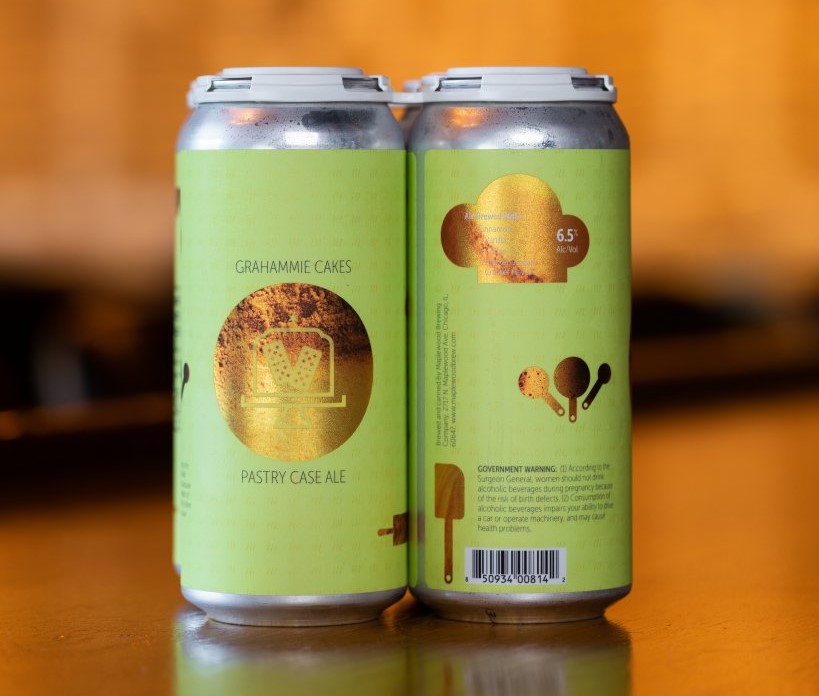
Health warning statement
Every beer label should include a health warning statement if the malt beverage in question contains at least 0.5 percent alcohol by volume. The statement in question must appear as a continuous paragraph and start with the words “GOVERNMENT WARNING” in bold, capital letters. The statement in full should appear as follows.
- GOVERNMENT WARNING: (1) According to the Surgeon General, women should not drink alcoholic beverages during pregnancy because of the risk of birth defects. (2) Consumption of alcoholic beverages impairs your ability to drive a car or operate machinery, and may cause health problems.
This statement may appear on the front, side, or back of the container. The statement’s type size and maximum number of characters per inch depends on the net contents of the container.
- Minimum 3 mm for containers larger than 3 liters (101 fl. oz.)
- No more than 12 characters per inch
- Minimum 2 mm for containers larger than 237 ml (8 fl. oz.) to 3 liters (101 fl. oz.)
- No more than 25 characters per inch
- Minimum 1 mm for containers of 237 ml (8 fl. oz.) or less
- No more than 40 characters per inch
Country of origin
If your malt beverage is imported, your label must include some form of statement indicating its country of origin. There are four formats you can use for this statement:
- “PRODUCT/PRODUCE OF [name of country]”
- “PRODUCED/BREWED IN” or “PRODUCED/BREWED AND BOTTLED OR PACKED IN [name of country]”
- “PRODUCED/BREWED BY” or “PRODUCED/BREWED AND BOTTLED OR PACKED BY [name of brewer and/or both brewer and bottler/packer along with either the country or both city and country]”
- “___________ ALE” (Fill in blank with name of country in which ale was produced/brewed), i.e., name of country with class and/or class and type designation
Unlike other beer label elements, the country of origin does not need to follow any specific legibility and type size requirements. Your statement may also appear anywhere on the front, side, or back of your container.
Invest in TTB Compliant Craft Beer Labels that Don’t Skimp on Style
There’s a whole lot of information that the TTB requires for beer labels, but that doesn’t mean that these elements need to hold back your design. Fortunately, the right label printing company can turn your initial design into a stunning final product.
When you need stunning beer labels that fit your budget, Blue Label Packaging can help provide pristine packaging for your products. Our team has the expertise and state-of-the-art equipment to enhance your label designs and capture attention. Contact us today to talk about your next beer label project.
